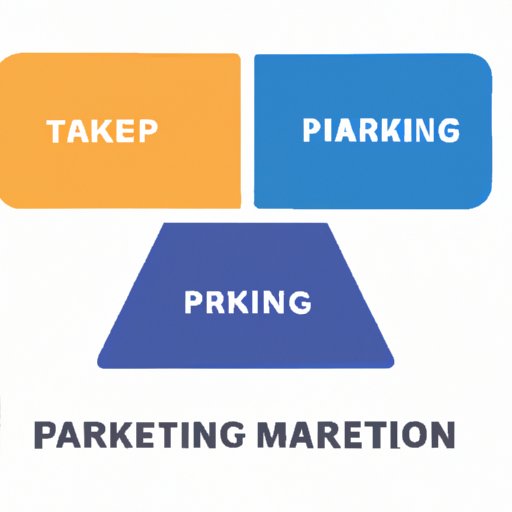Introduction
Marketing positioning is a powerful tool for businesses to increase their visibility in the marketplace. It involves creating a strategic plan for how a company presents itself to potential customers. A well-crafted marketing positioning strategy can help businesses differentiate themselves from the competition and gain a competitive edge.
According to the American Marketing Association, “Positioning is the act of designing the company’s offering and image to occupy a distinctive place in the mind of the target market.” In other words, positioning is about how a company wants to be perceived by its customers. It involves understanding customer needs and wants, as well as their perceptions of the company and its offerings.
The benefits of a marketing positioning strategy include increased visibility, better brand recognition, improved customer loyalty, and higher sales. A successful strategy can also help businesses stand out from the competition and open up new opportunities for growth.
How to Create an Effective Marketing Positioning Strategy
Creating an effective marketing positioning strategy requires careful planning and execution. Here are four key steps to consider when crafting your strategy:
1. Market Segmentation and Its Role in Positioning
Before you can create a successful positioning strategy, you need to understand who your target audience is. This means segmenting your market into different groups based on factors such as demographics, location, interests, and buying habits. By segmenting your market, you can better understand customer needs and wants, which will help you craft a more effective positioning strategy.
2. Crafting Your Unique Value Proposition
Once you have identified your target audience, you need to create a unique value proposition that sets you apart from the competition. According to the Harvard Business Review, “A value proposition is a statement that clearly communicates the benefits of your product or service and how it addresses the needs of your target customer.” A strong value proposition should be clear, concise, and compelling.
3. Leveraging Competitive Analysis
It’s important to understand how your competitors are positioning themselves in the market. Conducting a competitive analysis can help you identify gaps in the market and uncover opportunities for differentiation. By understanding your competitors’ positioning strategies, you can develop a positioning strategy that sets you apart from the competition.
4. Using Brand Messaging
Once you have crafted your unique value proposition, you need to communicate it to your target audience. This is where brand messaging comes in. Brand messaging is the language you use to communicate with customers. It should be consistent across all channels, including website copy, social media posts, emails, and advertisements.
Conclusion
A well-crafted marketing positioning strategy can help businesses increase their visibility in the marketplace and gain a competitive edge. The benefits of a positioning strategy include increased visibility, better brand recognition, improved customer loyalty, and higher sales. To create an effective positioning strategy, businesses should consider market segmentation, crafting a unique value proposition, leveraging competitive analysis, and using brand messaging.
By following these steps, businesses can create a positioning strategy that sets them apart from the competition and helps them reach their goals. Ultimately, positioning is about understanding customer needs and wants and communicating your unique value proposition in a way that resonates with them.
(Note: Is this article not meeting your expectations? Do you have knowledge or insights to share? Unlock new opportunities and expand your reach by joining our authors team. Click Registration to join us and share your expertise with our readers.)
